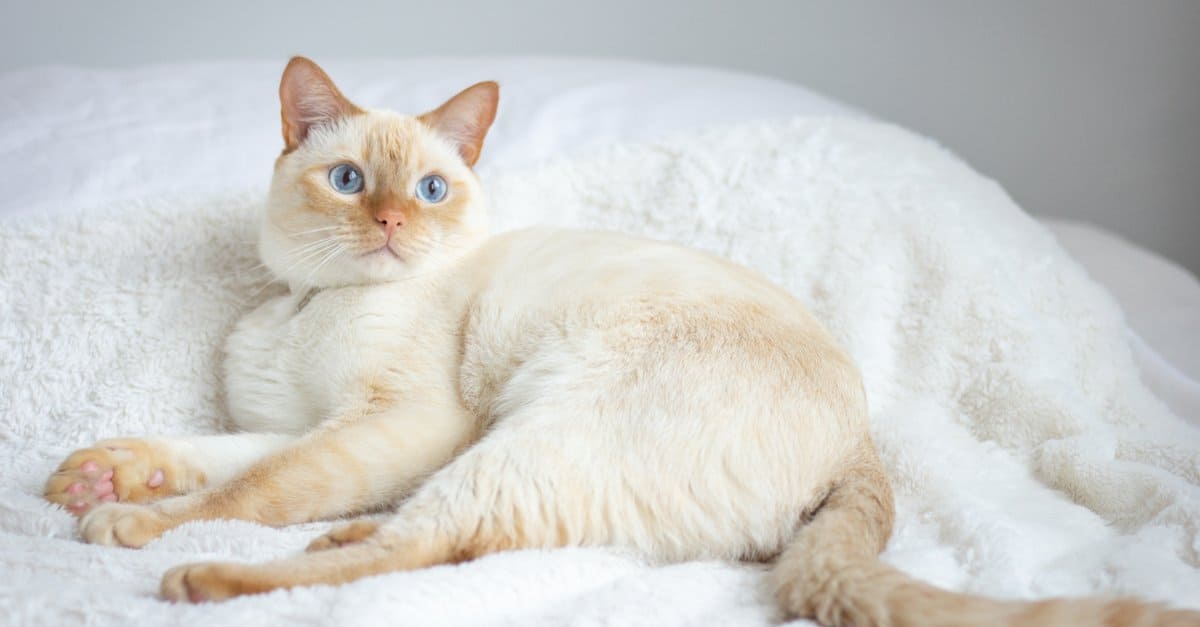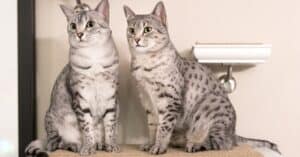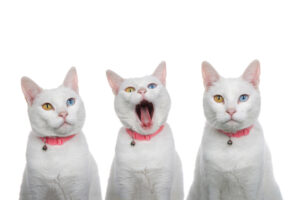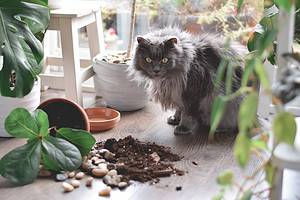No matter how vocal your cat (Felis catus) is with trills, meows, and purrs, they can’t use human language to speak. Figuring out what your cat needs or wants can be a conundrum, like playing Charades. It’s easy to tell your cat is feeling good when they’re running around the house or playing with their toys. But what about when your cat is simply lying down? One of the best indicators to gauge your cat’s mood is by observing its tail. You can learn some of the things your cat can’t tell you!
#1 Chilling Out
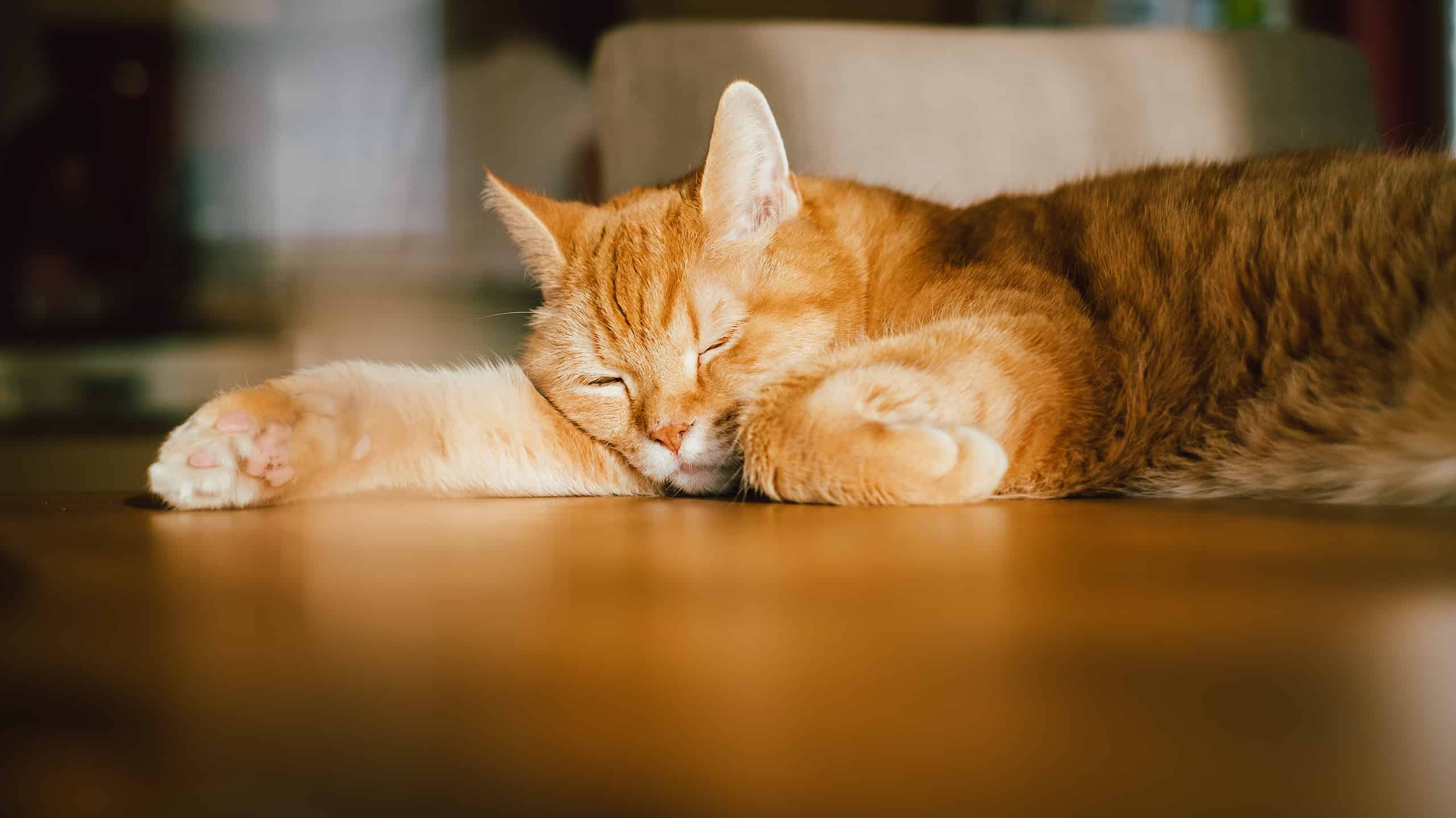
Cats like to rest in warm areas, like in front of a window.
©Jérémy Stenuit/iStock via Getty Images
Responsible cat owners love to see their cats happy. When your cat is curled up at your feet or relaxing in their favorite spot, you may see them slowly swishing their tail. That movement is usually a sign that your cat is relaxed and in a good mood. They are content and pleased to be wherever they are. They may also lazily move their tails around while you’re petting or scratching them.
#2 In the Mood to Play
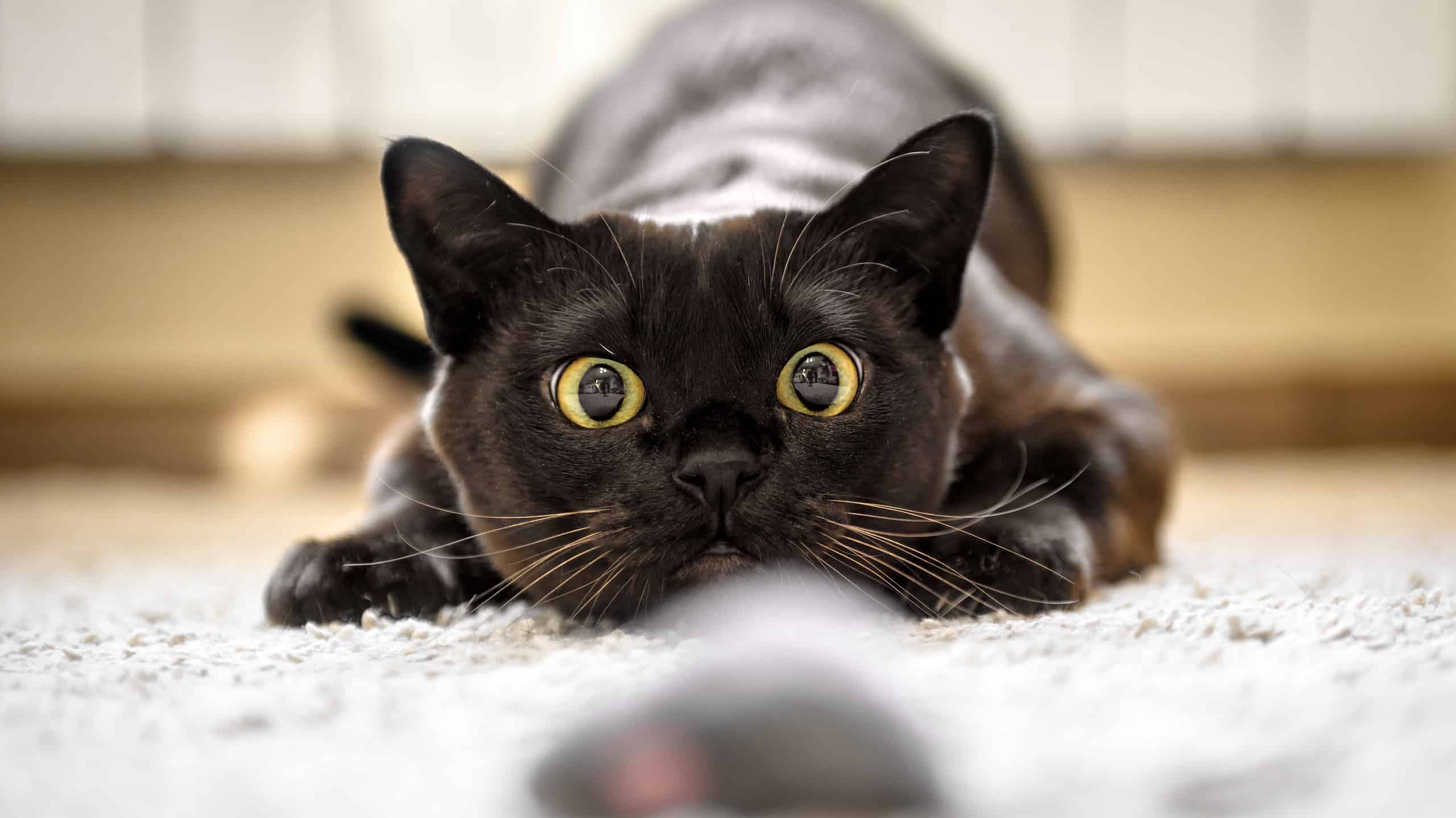
Playtime is essential to keeping cats physically active and engaged.
©scaliger/iStock via Getty Images
Your cat is lying on its stomach, a fraction of an inch away from crouching like a tiger. Its tail is wagging, sometimes smacking against the floor. Before you know it, they jump onto your foot or maybe on your lap. Stop whatever you’re working on, your cat seems to say. It’s playtime! Cats can be mischievous when they want to play with you, and a fast swishing tail is a good sign that they want some fun interaction with their person.
#3 In a Foul Mood
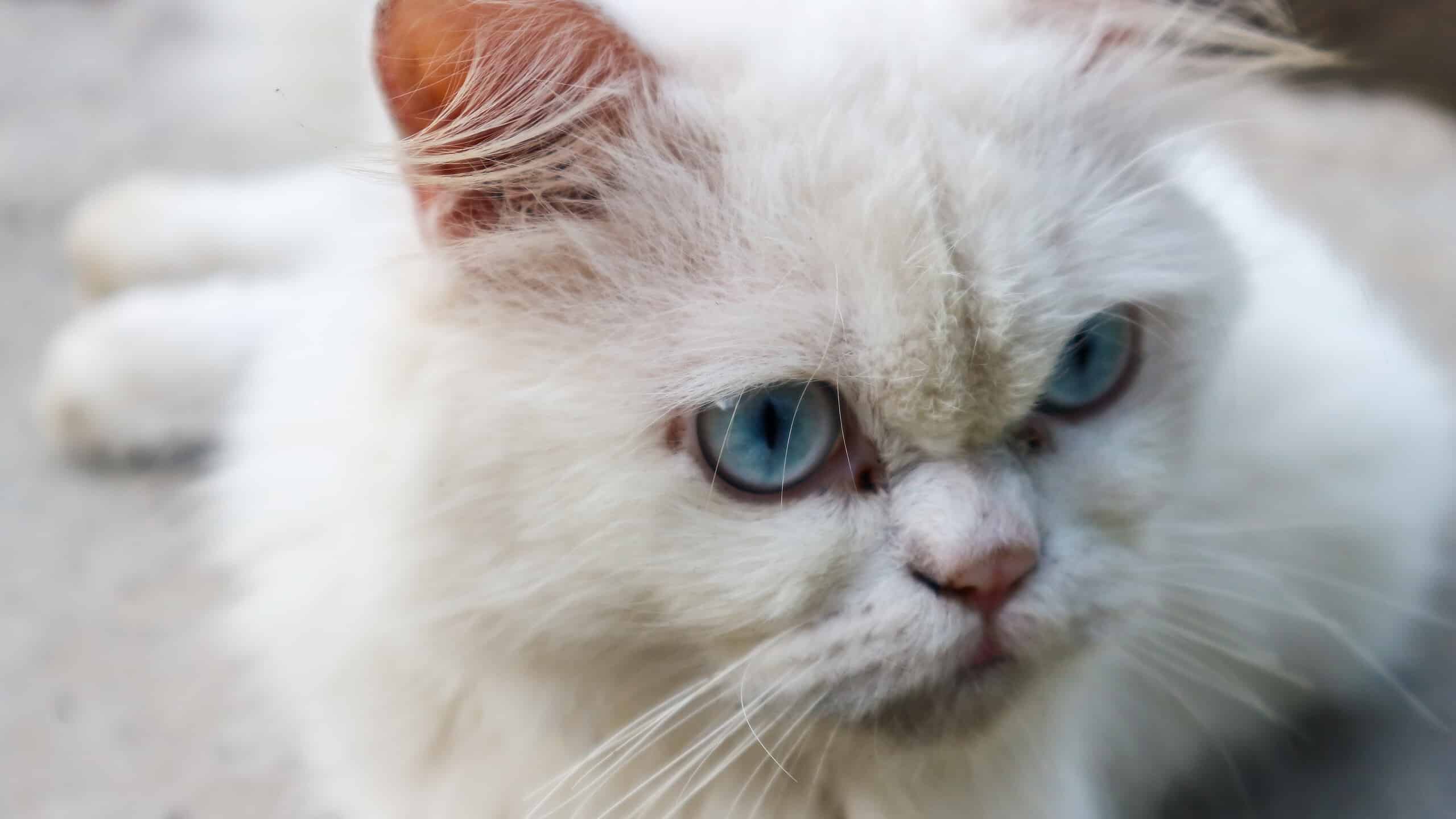
Sometimes, cats don’t want to be messed with!
©Aufa Fahmi/iStock via Getty Images
We all wake up in a bad mood sometimes, and cats are no different. If your cat is lying down but moving its tail back and forth in an agitated manner, that is tantamount to a “do not disturb” sign. They may not want to be petted or even bothered. Attempts to cheer them up by playing could be ignored. It’s best to leave them alone until they feel like being social again.
#4 Doesn’t Feel Well
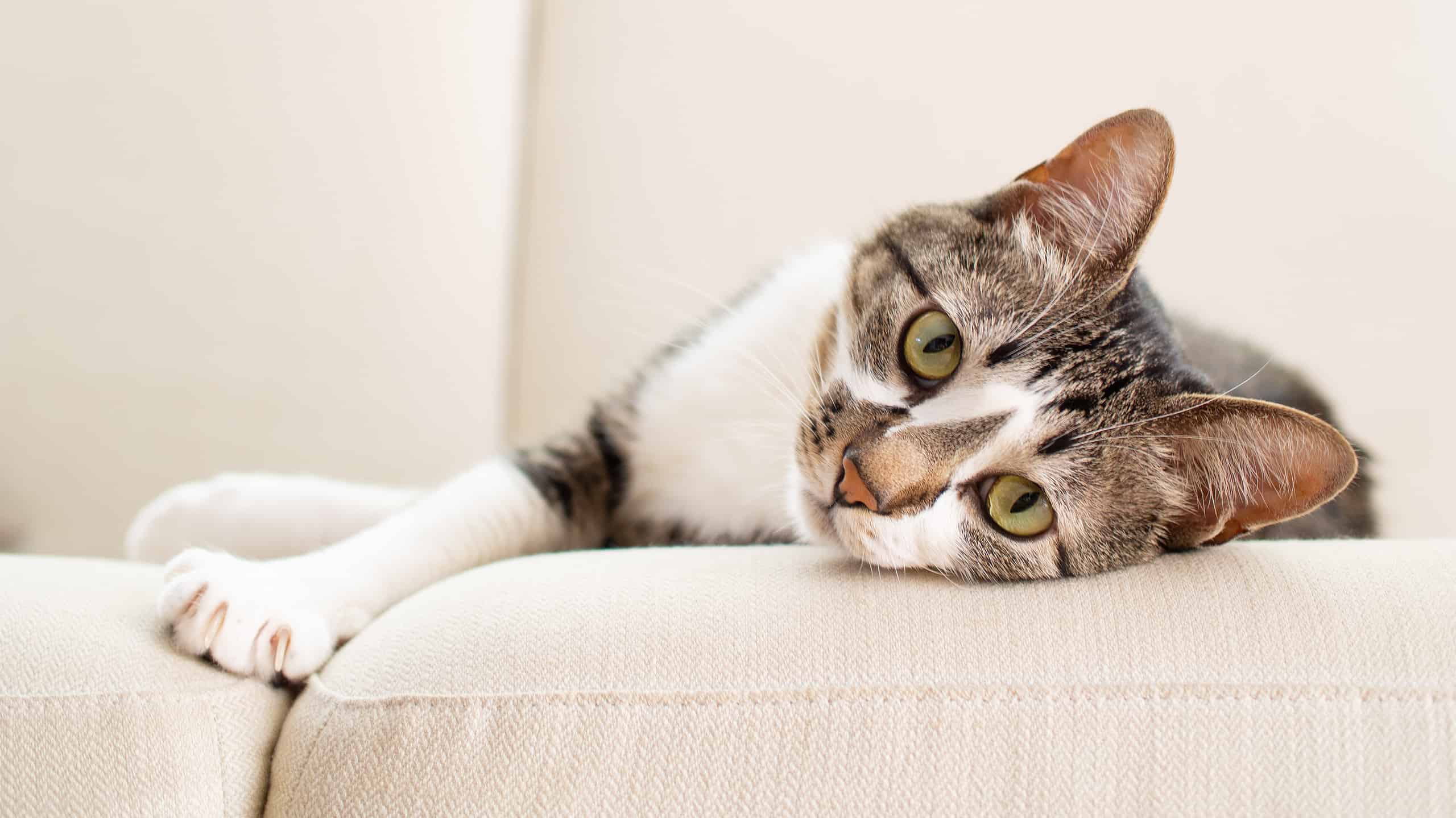
Lethargic behavior can be a sign that your cat feels ill.
©kaorinne/iStock via Getty Images
Most of the time, your cat doesn’t want to broadcast the fact that something is physically wrong with them. That is an instinctual behavior. Showing any sign of weakness or debilitation is an open invitation for larger animals to approach and attack. It may be difficult to ascertain when your cat is uncomfortable or in pain. Look for tail movements that seem sudden or unintentional. Think of it as wincing, like when you feel a sharp pain out of nowhere. Consider taking your cat to the veterinarian to diagnose the cause of those strange tail movements.
#5 Dreaming
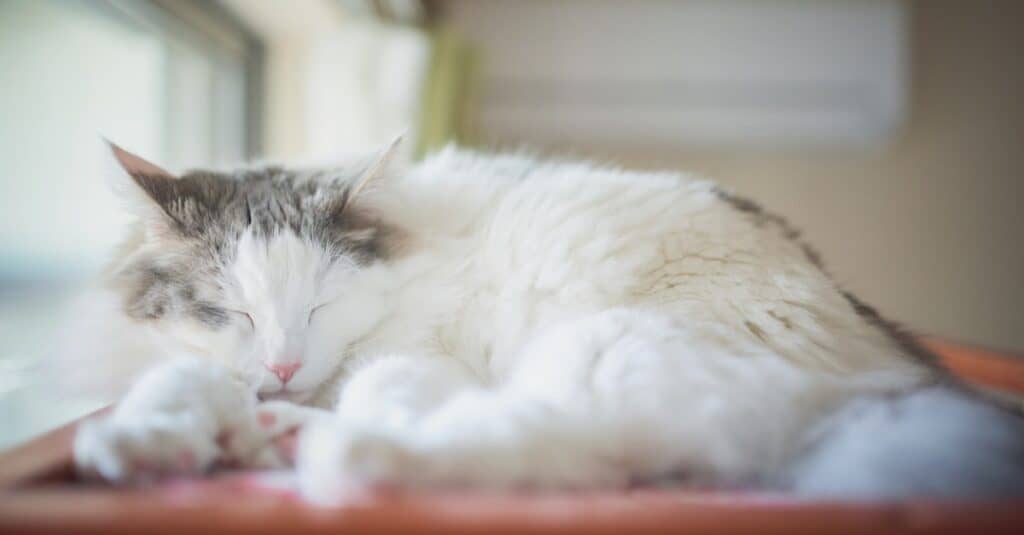
Cats have been observed swishing their tails while they sleep.
©catographer.mj/Shutterstock.com
Few things are more adorable than the sight of a sleeping cat. Research has shown that cats do enter REM (rapid eye movement) sleep, the phase where dreaming is most likely to occur. It is not unusual for cats to twitch their tails or move their paws while in a REM state. Without the benefit of conversation, knowing what cats dream about is impossible. In the 1950s, a study was performed in which some nerves in the brains of cats were severed. During observation, those cats appeared to be acting out their dreams. They exhibited movement in their paws and tails as if they were going through the motions of their day. When you see your cat moving its tail while asleep, there’s a good chance they’re having a dream. They might even be dreaming about you!
#6 Marking Its Territory
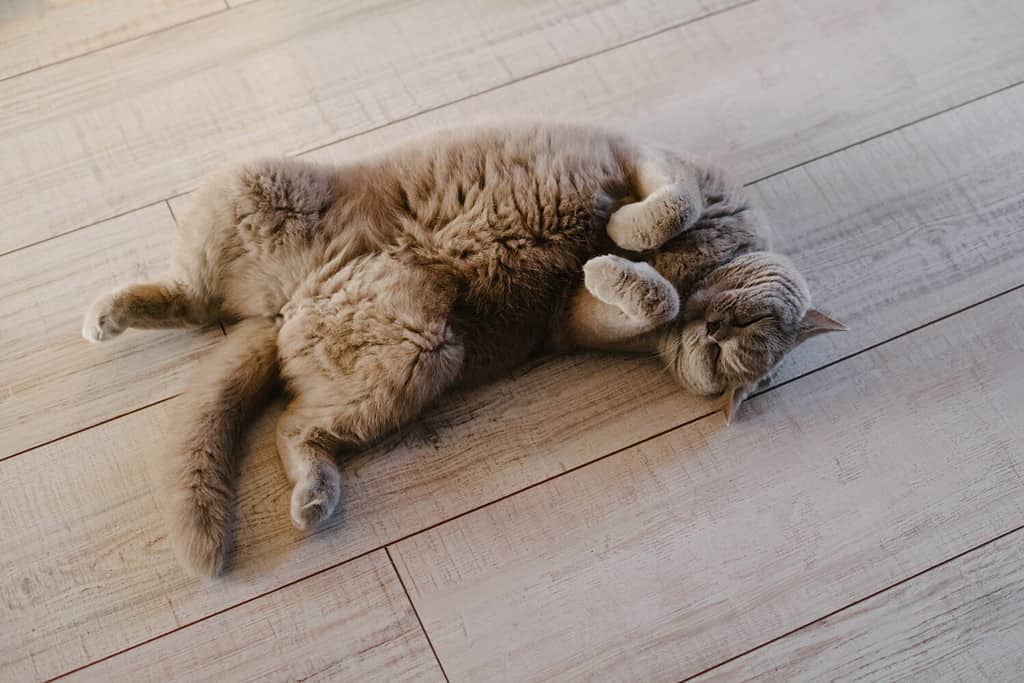
Do you own your cat, or does your cat own you?
©Alice Rodnova/Shutterstock.com
Cats have a terrific sense of ownership. They claim specific areas, things, and even people by marking them with pheromones. Those pheromones contain molecules that carry a kind of scent information. Not only do they hold your cat’s specific scent, but they can also other cats if they are welcome or if they should stay away. Cat pheromones are produced in, among other places, their faces, chests, paws, and their rear ends. When you spy your cat lying down and wagging its tail, it may be spreading its pheromones. This action helps the cat feel secure and comfortable in its environment.
#7 Staying Balanced
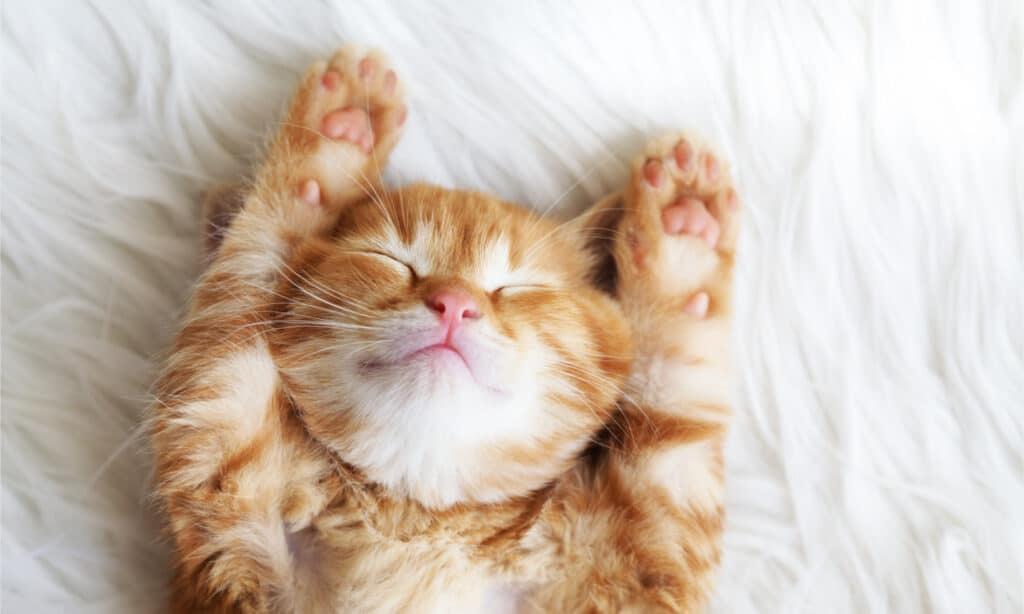
Even while they sleep, cats use their tails to maintain their center of gravity.
©Alena Ozerova/Shutterstock.com
Whether they are leaping to the highest point in the house or walking gingerly across a narrow surface area, cats use their tails to remain upright and in control of their movements. Tails serve the same purpose when cats lie down. Sleeping or relaxing places the cat in a vulnerable position. You may see your cat sticking its tail in the air, slightly moving it around to maintain their equilibrium. That also helps your cat stay ready in case they need to spring into action.
#8 On Guard
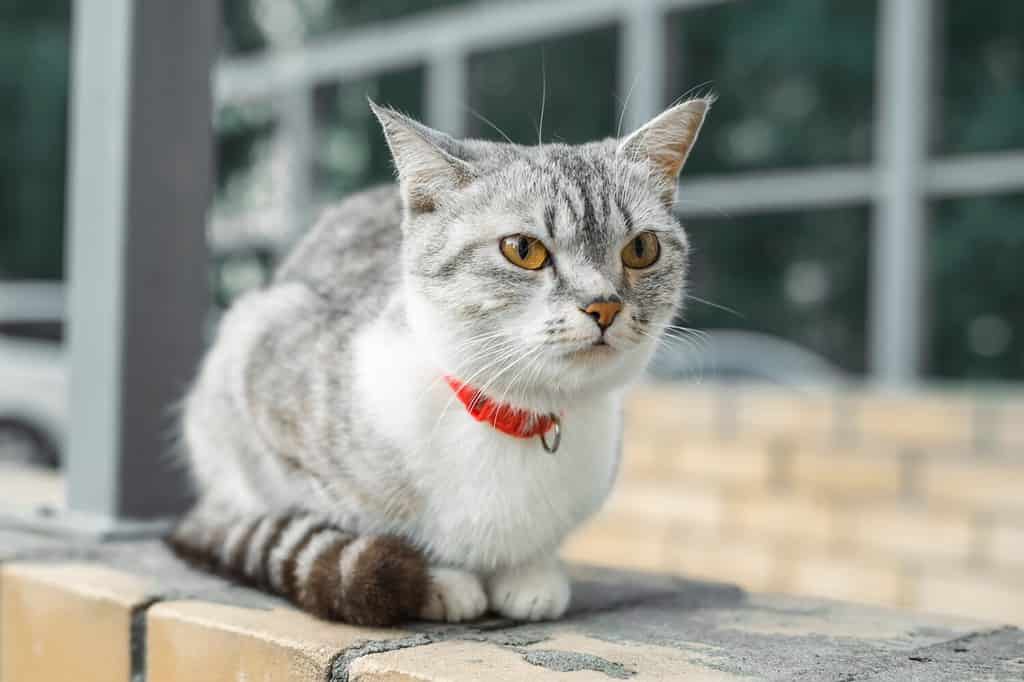
Cats keep their awareness level high when they sense something out of the ordinary.
©Azovsky/Shutterstock.com
Even when lying down, your cat still behaves as the master of all they survey. Sometimes, their environment feels different. Maybe there are more people in their space than they are accustomed to. Things are louder. There’s more movement. They may not sense imminent danger, but your cat wants to keep an eye on what is going on. In those situations, your cat may slowly move its tail back and forth on the floor. That can be a sign that your cat is nervous or skittish. If possible, consider moving your cat to a quieter area.
#9 Afraid
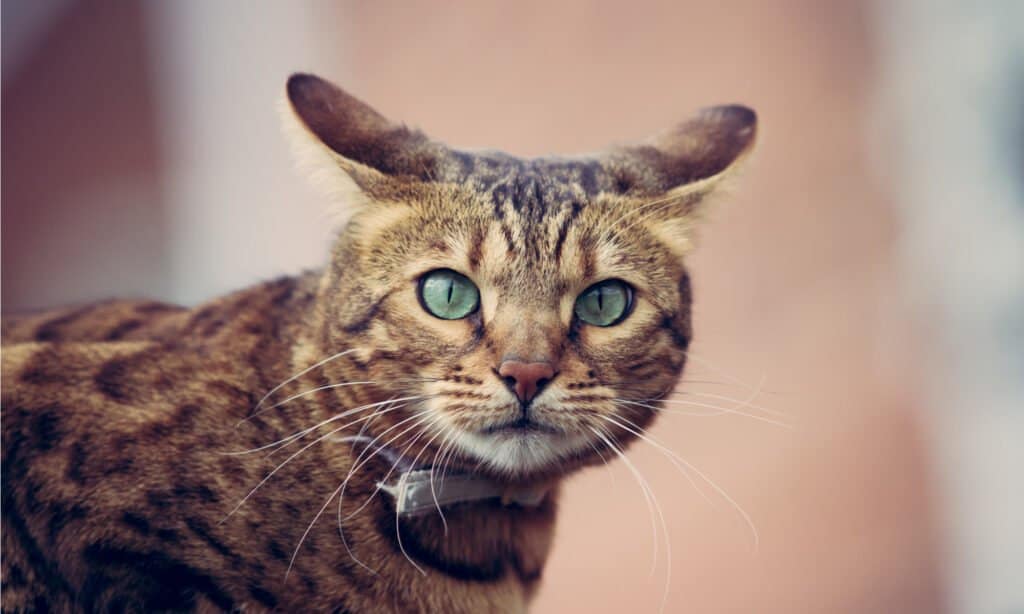
Cats don’t move their tails much when they are afraid.
©Clare Louise Jackson/Shutterstock.com
When cats are startled, we often think of them arching their back and sticking their tails straight up in the air. Cats can signal fear while lying down as well, trying to avoid drawing attention to themselves. Scared cats may attempt to appear small, wrapping their tails around themselves in a defensive posture. They may wag their tails, but that movement will be subdued. In cases of extreme fright, your cat may try to maneuver its tail in between its legs.
#10 Enjoying Your Attention
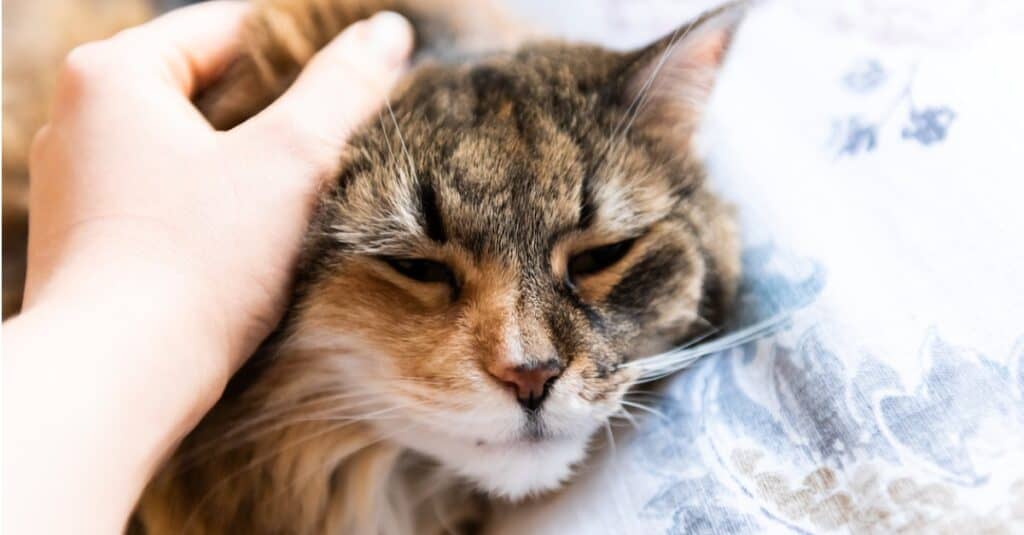
Your cat will use its tail to let you know if they’ve had enough petting.
©Kristi Blokhin/Shutterstock.com
Almost every cat owner has felt the irresistible urge to pet their cat while they’re lying down. They’re just so cute! Since your cat is already relaxed, there’s a good chance they’ll like the unexpected interaction! It’s common for cats to thump their tails against the floor when they get petted or scratched. Be careful not to overdo it, though. Cats can become overstimulated, ready for the petting to be finished. If you see their tail begin to wag quickly, it’s time to back away and let your cat calm down.
Conclusion: Keep Your Eye on the Tail!
Even while lying down, the impetus behind most of a cat’s tail movements appears to be communication. Your cat is sending you signals through its tail, and it’s up to you to interpret those messages. It’s all about getting to know your cat and helping it live its best life.
Summary of 10 Reasons Your Cat is Wagging Its Tail While Lying Down
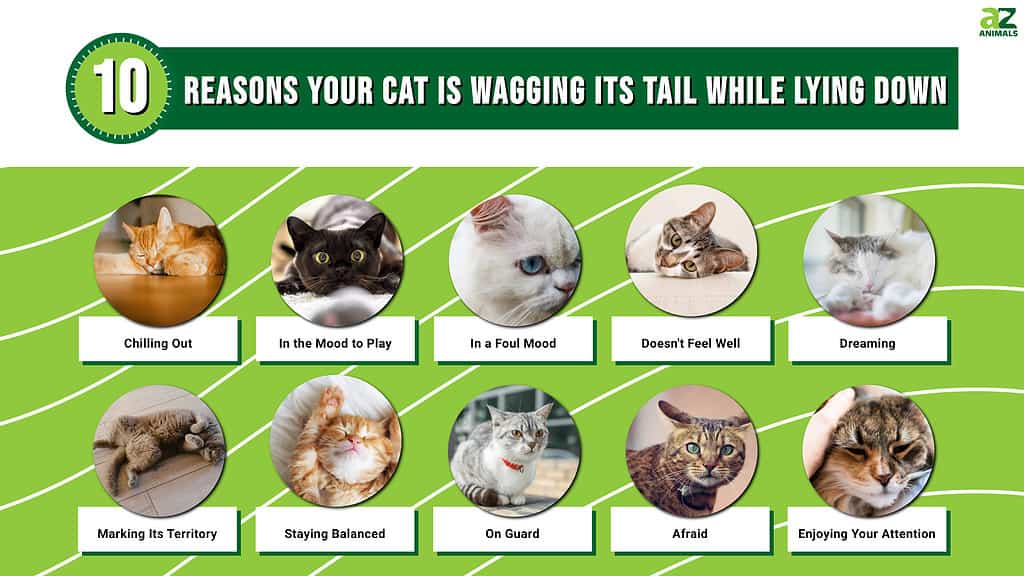
Thank you for reading! Have some feedback for us? Contact the AZ Animals editorial team.

